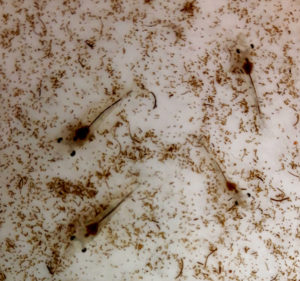
Clinical case report: EMS/AHPND outbreak in Latin America
Behind the successful control of Early Mortality Syndrome (EMS), or Acute Hepatopancreatic Necrosis Disease (AHPND), in a Latin American shrimp nursery.
Tilapia culture in sub-Saharan Africa suffers from low productivity and profitability. A comprehensive management approach is needed to address the root causes.

Behind the successful control of Early Mortality Syndrome (EMS), or Acute Hepatopancreatic Necrosis Disease (AHPND), in a Latin American shrimp nursery.
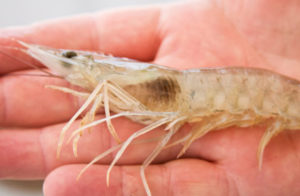
During the rainy season, pond water and bottom quality can undergo significant changes and impact shrimp health, well-being and productivity. Farm managers should be prepared to manage the associated risks.
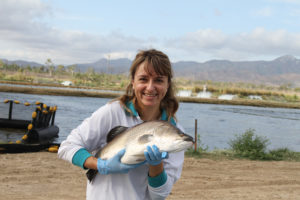
This article presents the results of a study using environmental DNA methodology for the early detection and quantification of various pathogens in farmed barramundi, where the technique showed to be a powerful and novel tool to predict fish mortalities.
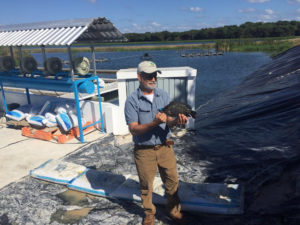
Results of a demonstration project of the In-Pond Raceway System (IPRS) technology in seven tilapia raceways at a commercial farm in Mexico showed the potential for increasing fish production with this environmentally sustainable culture system.
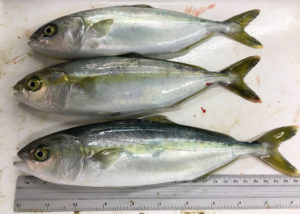
This study shows that soybean oil can totally replace fish oil in California yellowtail aquafeeds without affecting production performance and reducing the omega-3 fatty acid profile of fish tissues, as long as acceptable levels of ARA and DHA are provided.
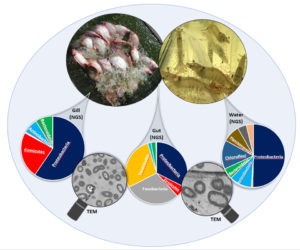
Microbial populations have diverse roles – many still not fully understood – on aquaculture organisms, from the gut to the gills, and a better understanding of this hidden world could unlock a potential that may change the practice of aquaculture altogether.
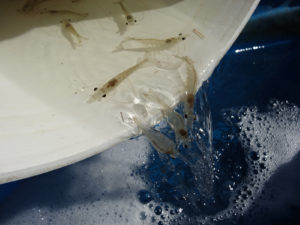
This study evaluated if reduced water exchange in an intensive, outdoor culture system could spare dietary Met (Met+Cys) required for maximum growth performance of juvenile Pacific white shrimp.
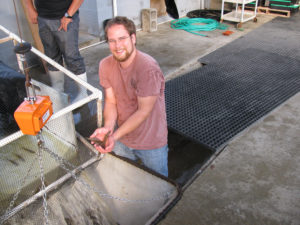
Study illustrates the range of salinity options for shrimp production in commercial-scale biofloc systems and found no significant differences in any shrimp production metric.
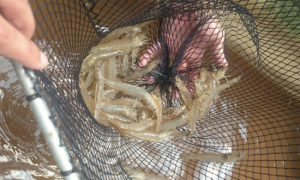
A study determined the zootechnical performance of Pacific white shrimp under different light regimes. Shrimp exposed to light had better zootechnical parameters than those with reduced or no exposure.
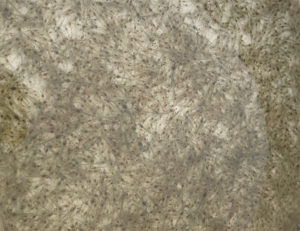
This study showed that a longer inoculation of probiotics will improve shrimp postlarvae growth and survival, and that a new technique developed for more accurately estimating postlarvae weight can significantly reduce the food that must be supplied.
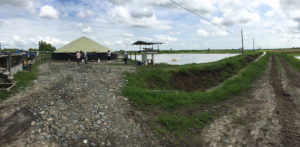
Effective implementation of biosecurity protocols in shrimp farming requires awareness, discipline and a commitment by farm owners to implement them. The authors take a close look at intensive nurseries and how to exclude pathogens, predators and competitors.
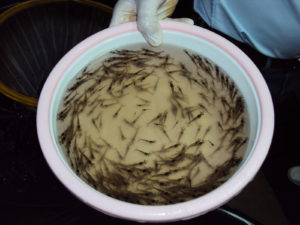
Results of a feeding study supplementing probiotics in the diet showed that when the Bacillus species were complemented in an appropriate concentration into feeds, the growth and feed efficiency of whiteleg shrimp could be improved.
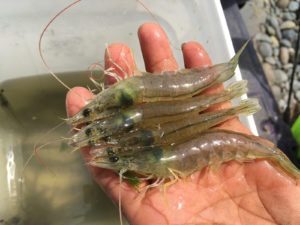
Several shrimp-disease papers were presented at Aquaculture America 2018, including one on the detection of AHPND at a site in the United States.
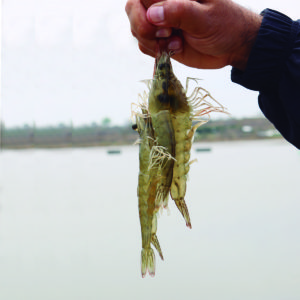
The application of probiotics, prebiotics and lipopolysaccharides has shown positive results with farmed shrimp, and is a very promising field, but more research is needed to clarify and foresee the molecular impact of these biological entities.

Hatchery technology for most commercially important species of cultured marine fishes is essentially unchanged for the past several decades.